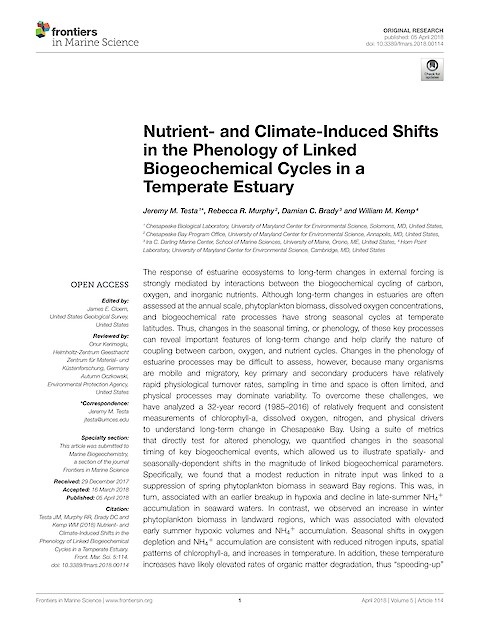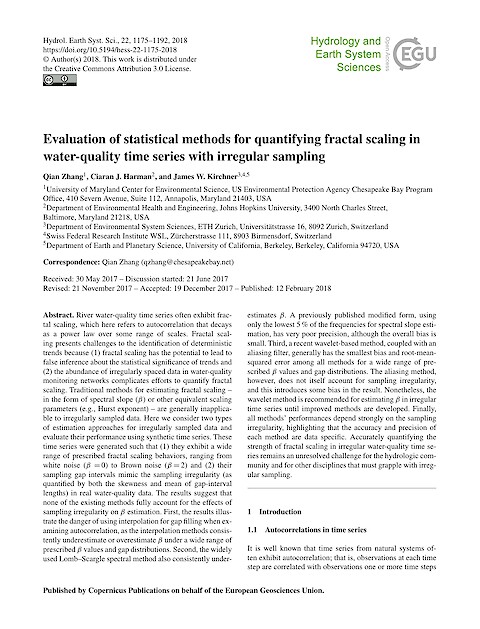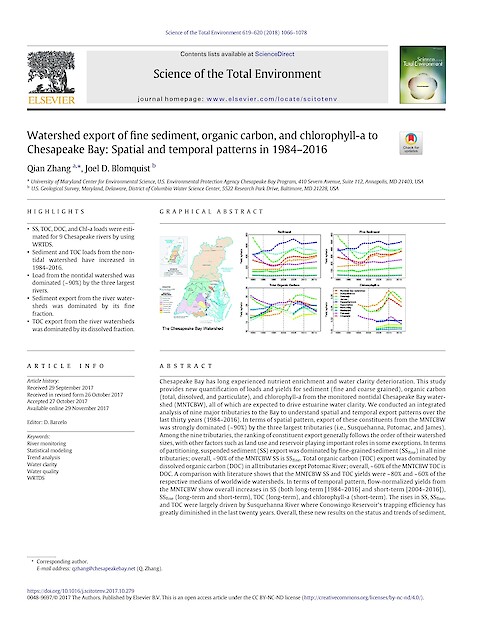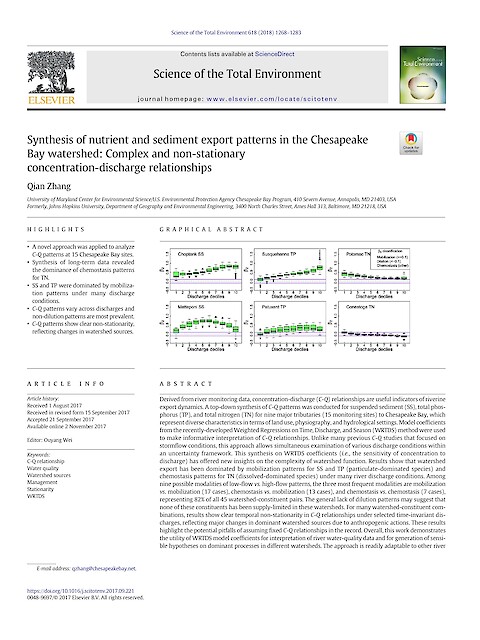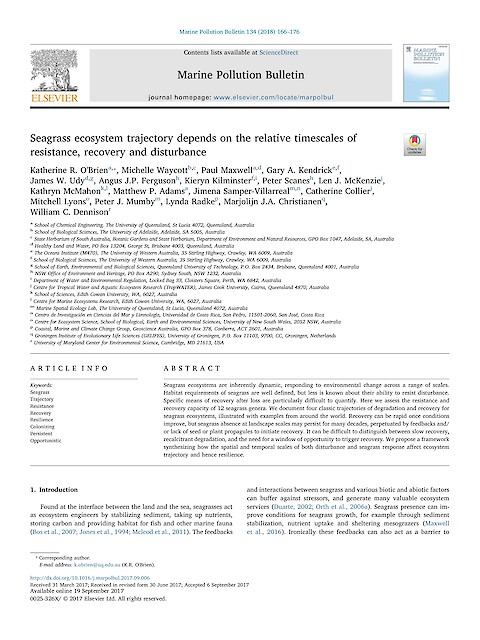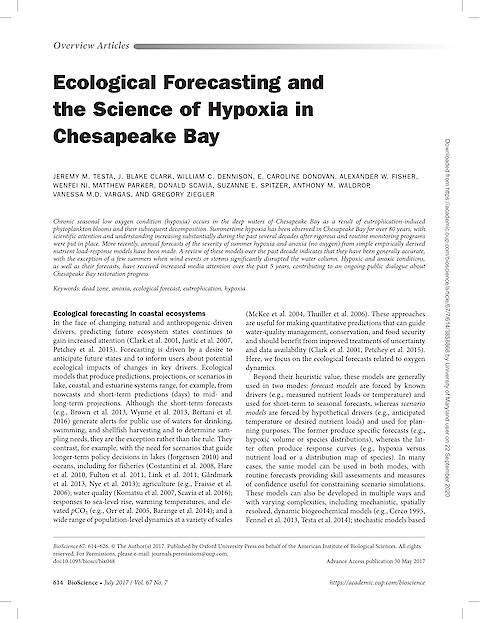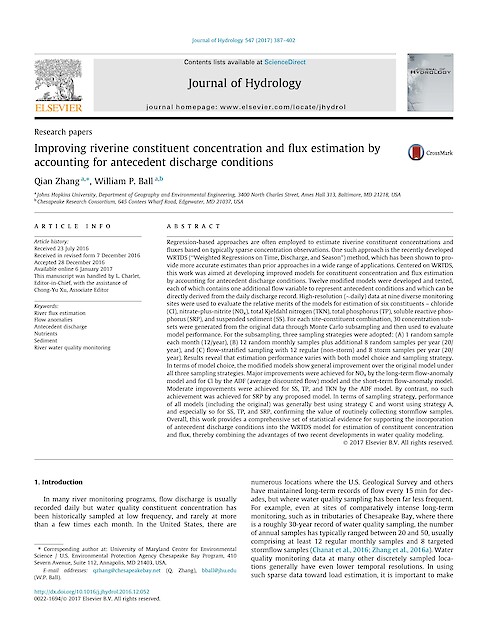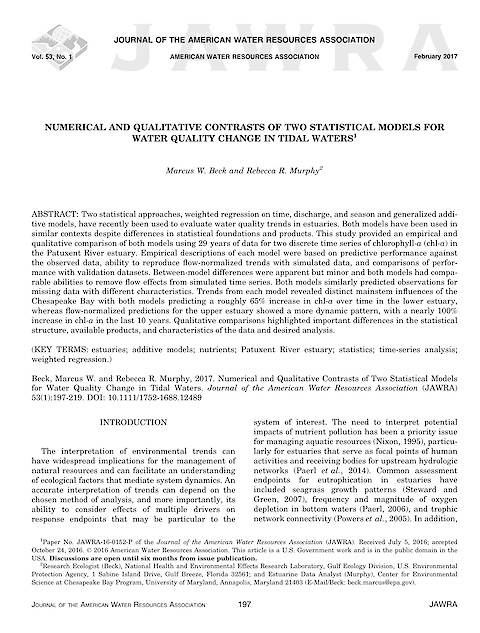Seagrass ecosystem trajectory depends on the relative timescales of T resistance, recovery and disturbance
O'Briena KR, Waycott M, Maxwell P, Kendrick GA,
Udy JW, Ferguson A JP, Kilminster K, Scanes P, McKenzie LJ, McMahon K, Adams MP, Samper-Villarreal J, Collier C, Lyons M, Mumby PJ, Radke L, Christianen M JA, and Dennison WC ·
2017
Seagrass ecosystems are inherently dynamic, responding to environmental change across a range of scales. Habitat requirements of seagrass are well defined, but less is known about their ability to resist disturbance. Specific means of recovery after loss are particularly difficult to quantify. Here we assess the resistance and recovery capacity of 12 seagrass genera.
Read more


